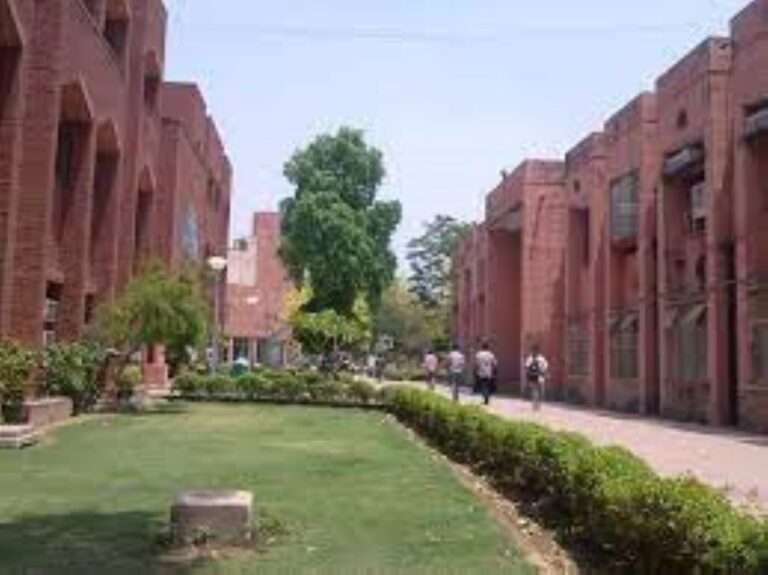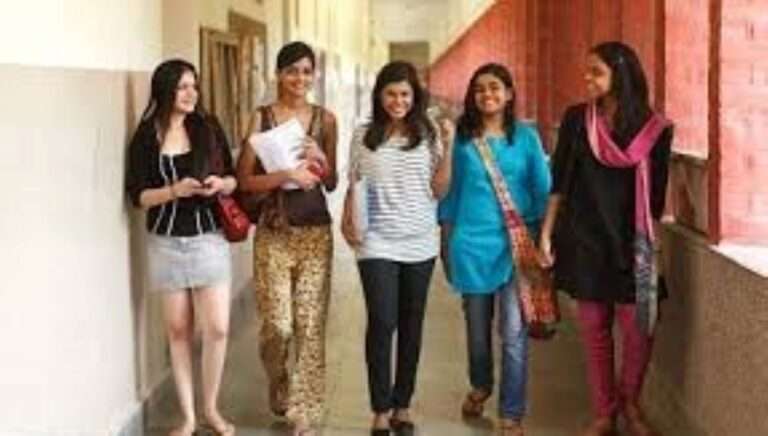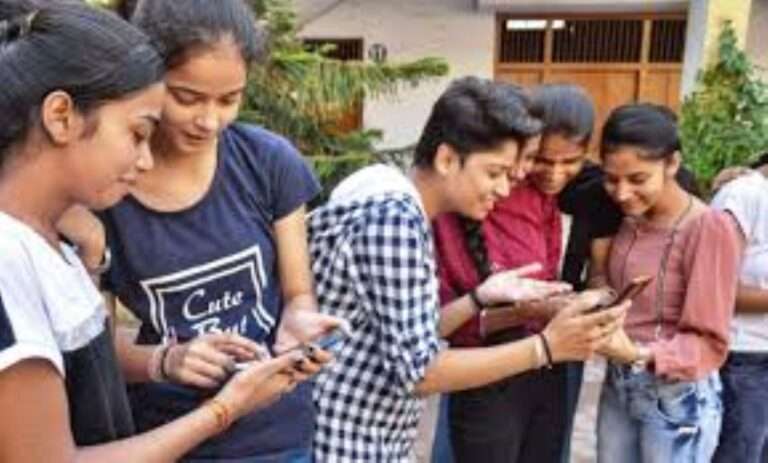Recent Blog
Students who aspire to integrate the DU must pass the CUET (UG)-2023 and the CUET...
Jamia will direct a total of 20 programs under CUET: 15 undergraduate programs and five...
CUET UG 2023: Admit cards for CUET UG 2023 will be released in the second...
This internship is only open to law students at recognized colleges/schools/universities. The Law Commission of...
Two questions were deleted and two answers were changed. Interested candidates can download the revised...
MAH LLB 5 Years candidates who have applied for the program can download the hall...
TS LAWCET, PGLCET 2023: Interested and eligible candidates can apply through the official website: lawcet.tsche.ac.in...
This year, the number of female candidates increased by almost 50%, while the number of...
CUET UG 2023: Students can complete their application on the official website: cuet.samarth.ac.in. CUET UG...
Interested candidates can register on the official JMI exam website, jmicoe.in, before April 20, 2023...
MAH LLB 3 years: Interested and eligible candidates can register on the official website: llb3cet2023.mahacet.org...
CUET PG 2023: Applicants will be able to check changes, addition of courses, universities on...
CUET UG 2023: NTA will activate the link of the edit application window on the...
CUET LLB 2023 – The National Testing Agency has announced the dates for the Common...
CUET UG 2023: From an increase in the number of exam places to the number...
















